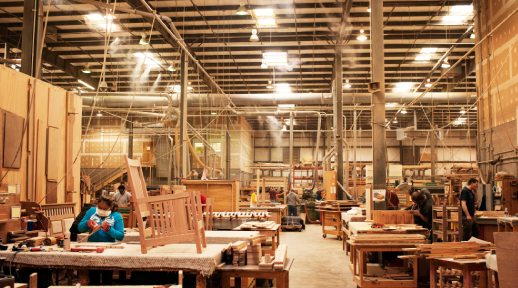The business of buying and selling overstock
Close-out sales, liquidation auctions represent ways of acquiring goods at a lower or more competitive price. To not confuse with “destocking” which refers to reducing the amount of stock you are holding, the french word for “destockage” represents the process of reusing what was already in stock, it is the idea of reusing stock that may be unsold, giving it a second chance. A closeout sale refers to the sale of inventory at a discounted price by retail or wholesale, reasons for the sale may vary from bankruptcy, relocation or simply a lack of profit. They can be achieved through direct sales or auction where different buyers offer bids and the highest bidder will get the goods. It is a great way of accessing unsold goods at a better price.
The sectors
Among the sellers, a lot of industries are represented. While close-out sales are famous among large surface retail stores buying products in wholesale and selling them at lower prices, they are used in the whole retail industry alongside overstock sales, and liquidation auctions to purchase from the food industry, cosmetic product industry, home appliances industry, electronics industry etc.
The process of buying and selling overstock
Intermediaries work with suppliers around the world to track overstock, liquidations, canceled orders, returned products, damaged packaging or auction sales and obtain the best prices in order to resell or propose the merchandise to sellers. This process offers the intermediaries such as overstock inventory buyers a huge market and opportunities. Putting it into a real situation, a packaging error with a fully efficient product inside the package would have the consequence of becoming unusable merchandise to the consumers eye, those are opportunities seeked by overstock buyers as they will acquire the goods for a lower price. Certain suppliers or companies may not wish to conduct official buy-out sales or auctions, for that reasons, buyers of overstock inventory track opportunities around the globe by reaching out to those suppliers.
A sustainable solution ?
Societal pressures and the reality of the world’s environmental problems have made the retail sector control its own environmental and social impacts by taking measures tohave a greener supply chain and to favor the development of sustainable products. More consumers choose to buy from brands that are committed to sustainability. Even though it is different from selling overstocked products,the second-hand business model and its current success in the fashion industry is a great example of how a business can incorporate a sustainable strategy.
How is buying and selling overstock helping sustainability ?
On every production, suppliers have to waste goods for a variety of reasons, one being bad inventory management, which will not only lead to financial loss but it will also impact the environment. Whether it is for food or other products, the overstock buying business provides a solution to production waste, it gives a “second life” to products that can’t be sold through their normal distribution process. It allows the recycling of products and increases consumer’s purchasing power.

